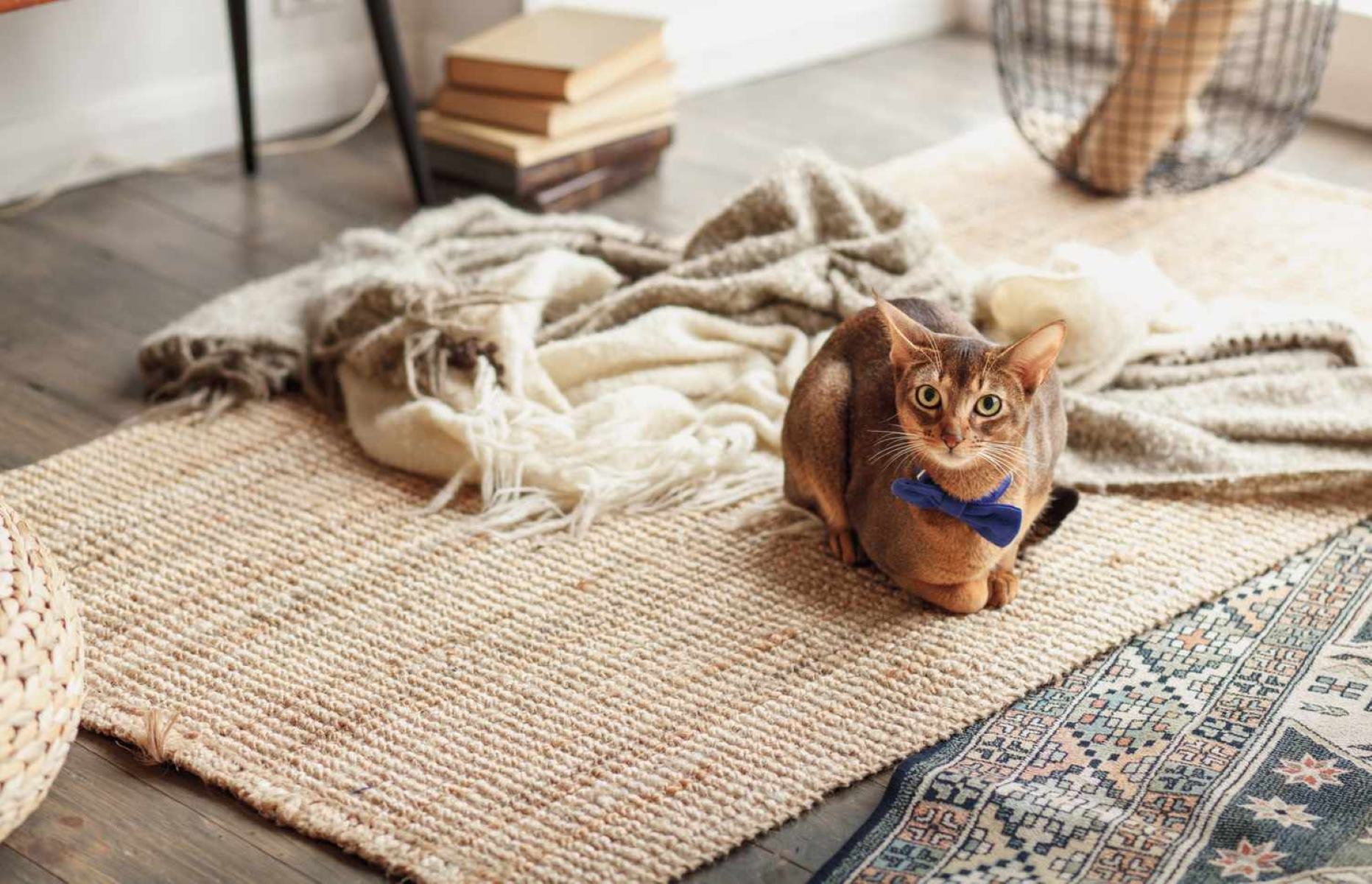

Articles
Why Does My Cat Pee On Rugs
Modified: March 2, 2024
Looking for articles on why your cat pees on rugs? Find out the reasons behind this common behavior and learn how to prevent it with our helpful insights and tips.
(Many of the links in this article redirect to a specific reviewed product. Your purchase of these products through affiliate links helps to generate commission for Storables.com, at no extra cost. Learn more)
Introduction
Having a cat as a part of your family can bring joy and companionship. However, if you’ve ever discovered your beloved feline companion peeing on your rugs, you know how frustrating and perplexing it can be. This behavior can not only damage your rugs but also leave an unpleasant odor in your home.
To address this issue, it’s important to understand why cats exhibit this behavior. Cats are known for their cleanliness and typically use a litter box for eliminating waste. When they start peeing on rugs, it’s an indication that something is amiss.
In this article, we will delve into the reasons behind this behavior and explore possible solutions. By understanding the underlying cause, we can take appropriate steps to remedy the situation and restore harmony in the home.
Key Takeaways:
- Cats may pee on rugs due to medical issues, stress, or territorial marking. Understanding and addressing these factors can help restore harmony in the home and prevent inappropriate elimination behaviors.
- Creating a calm environment, addressing litter box preferences, and seeking veterinary guidance can help prevent cats from peeing on rugs. Understanding the root cause is key to finding a solution.
Read more: Why Does My Cat Pee On My Bed
Understanding the Behavior
In order to address the issue of your cat peeing on rugs, it’s crucial to understand their behavior. Cats have specific instincts and behaviors that influence their elimination habits.
Firstly, cats are naturally clean animals, and they have an innate preference for a clean and odor-free environment. They instinctively choose a spot to eliminate that is away from their resting and eating areas.
Secondly, marking territory is a common behavior exhibited by cats. They have scent glands on their paws that release pheromones when they scratch or rub against objects. This behavior helps them establish their territory and communicate with other cats in the area.
However, when a cat decides to pee on a rug instead of using a litter box, it suggests that there may be an underlying issue causing them stress or discomfort. Identifying the root cause of this behavior is key to finding a solution.
It’s important to note that while this behavior can be frustrating, it’s essential to approach the situation with patience and avoid punishing or scolding the cat. Punishment can lead to further stress and anxiety, exacerbating the problem.
By observing your cat’s behavior and consulting with a veterinarian, you can gain insights into why they are choosing to pee on rugs and explore potential solutions to address the issue.
Possible Reasons for Peeing on Rugs
Cats can pee on rugs for various reasons, and it’s important to determine the underlying cause to effectively address the issue. Here are some common reasons why cats exhibit this behavior:
- Medical Causes: One of the first things to rule out when a cat starts peeing on rugs is any underlying medical condition. Urinary tract infections, bladder stones, and kidney disease can cause discomfort and lead to inappropriate elimination. If you notice any changes in your cat’s behavior or litter box habits, it’s advisable to consult a veterinarian.
- Stress and Anxiety: Cats are sensitive to their environment, and any changes or stressful situations can trigger inappropriate elimination. Moving to a new home, the addition of a new pet or family member, or even loud noises and disruptions can cause stress for your cat. Creating a calm and secure environment for your cat, providing hiding spots, and using pheromone diffusers can help alleviate anxiety.
- Territory Marking: Like mentioned earlier, cats have a natural instinct to mark their territory. If your cat feels the need to establish ownership or assert dominance, they may choose to pee on rugs to leave their scent. Neutering or spaying can help reduce territorial behaviors.
- Litter Box Problems: Cats are particular about their litter box and may refuse to use it under certain conditions. Issues like inadequate cleaning, the type of litter used, or the location of the litter box can deter a cat from using it. Ensure the litter box is clean, accessible, and use a litter that your cat finds comfortable.
- Environmental Factors: Cats are sensitive to their surroundings, and changes in the environment can trigger inappropriate elimination. Changes in the household routine, furniture rearrangements, or the presence of stray cats outside can cause stress for your cat. Try to maintain a stable environment and provide plenty of environmental enrichment to keep your cat mentally stimulated.
- Behavioral Problems: In some cases, cats may develop behavioral issues that contribute to inappropriate elimination. This could be due to boredom, lack of stimulation, or a negative association with the litter box. Working closely with a veterinarian or animal behaviorist can help identify and address these underlying behavioral issues.
Identifying the specific reason or combination of reasons behind your cat’s behavior is essential for finding the right solution. By addressing any medical concerns, reducing stress, and ensuring a comfortable litter box environment, you can help prevent your cat from peeing on rugs and encourage appropriate elimination behavior.
Medical Causes
When a cat starts peeing on rugs, it’s important to consider possible medical causes. In some cases, underlying health issues can contribute to this behavior. Here are some medical conditions that may lead to inappropriate elimination:
- Urinary Tract Infections (UTIs): UTIs are common in cats and can cause discomfort and pain while urinating. Cats with UTIs may associate the litter box with pain and choose alternative spots like rugs. Signs of a UTI include urinating outside of the litter box, frequent attempts to urinate, blood in the urine, and excessive grooming of the genital area.
- Bladder Stones: Bladder stones or urinary calculi can obstruct the flow of urine and may cause a cat to urinate in unusual places, such as rugs. This condition is often accompanied by signs of discomfort, straining during urination, and blood in the urine. Prompt veterinary attention is needed to diagnose and treat bladder stones.
- Kidney Disease: Cats with kidney disease may exhibit increased urination and may struggle to make it to the litter box in time. If rugs are conveniently located, they may become the chosen spot for eliminating urine. Other symptoms of kidney disease include increased thirst, weight loss, and lethargy. Kidney disease is a serious condition that requires medical management.
- Feline Lower Urinary Tract Disease (FLUTD): FLUTD is a broad term that encompasses various conditions affecting a cat’s urinary system. These conditions, such as bladder inflammation, bladder stones, or urethral blockages, can cause pain and discomfort and lead to inappropriate elimination. Seek veterinary care if your cat shows signs of FLUTD, including straining to urinate, blood in the urine, and frequent licking of the genital area.
If you suspect that a medical condition is causing your cat to pee on rugs, it’s important to consult a veterinarian. They will perform a comprehensive examination, including a urinalysis, bloodwork, and imaging if necessary, to identify any underlying health issues. Treating the medical condition can often resolve the inappropriate elimination behavior.+
Stress and Anxiety
Stress and anxiety can play a significant role in causing cats to pee on rugs. Cats are sensitive creatures, and any changes or disruptions to their routine or environment can trigger stress and anxiety. Here are some common situations that can lead to stress-related inappropriate elimination:
- Environmental Changes: Cats thrive on routine and familiarity. Moving to a new home, rearranging furniture, or introducing new pets or family members can disrupt their sense of security, leading to stress and anxiety. Cats may react to these changes by marking their territory on rugs or other prominent objects.
- Loud Noises or Excessive Noise: Cats have sensitive hearing, and sudden loud noises or continued exposure to noise can be stressful for them. Construction work, loud parties, or even noisy appliances in the home can trigger anxiety in cats, potentially leading to inappropriate elimination.
- Conflict or Tension: Cats are highly perceptive animals and can pick up on tension or conflict within the household. Arguments, changes in household dynamics, or the presence of aggressive animals in the vicinity can cause stress for cats, leading to urine marking behaviors.
- Separation Anxiety: Some cats experience separation anxiety when their owners are away for extended periods. This can manifest in behaviors such as excessive meowing, destructive behavior, and inappropriate elimination. Providing environmental enrichment, engaging toys, and gradually acclimating cats to being alone can help reduce separation anxiety.
To alleviate stress and anxiety in cats, it’s important to create a calm and secure environment for them. Here are some strategies that can help:
- Provide hiding spots or safe spaces where your cat can retreat to when they feel stressed.
- Use pheromone diffusers or sprays, such as Feliway, to help create a sense of security and calmness.
- Stick to a consistent daily routine as much as possible to provide a sense of predictability for your cat.
- Ensure your cat has plenty of mental and physical stimulation through interactive toys, scratching posts, and play sessions.
- Consider providing vertical spaces and perches so that your cat can observe their environment from a secure vantage point.
If stress and anxiety persist despite these interventions, consulting with a veterinarian or a feline behaviorist can provide additional guidance and support to address the underlying issues contributing to your cat’s inappropriate elimination behavior.
Ensure your cat’s litter box is clean and easily accessible. Cats may pee on rugs if they are unhappy with their litter box situation. Also, consider any changes in their environment or stress factors.
Read more: Why Does My Cat Keep Peeing In The Bathtub
Territory Marking
Cats are instinctively territorial animals, and one of the reasons they may pee on rugs is to mark their territory. Territory marking is a natural behavior that allows cats to communicate with other cats and establish ownership. Here are some key points to understand about territory marking:
- Scratching and Rubbing: Cats have scent glands on their paws, cheeks, and the base of their tail. When they scratch furniture or rub against objects, they leave behind their scent, which acts as a territorial marker. This behavior is normal and helps cats establish familiarity and ownership within their environment.
- Spraying: In addition to scratching and rubbing, some cats may engage in urine spraying as a form of territory marking. Spraying involves the cat backing up to a vertical surface and releasing a small amount of urine. Spraying is more common in intact (non-neutered) male cats but can occur in any cat, male or female.
- Reasons for Territory Marking: Cats may engage in territory marking behavior for several reasons, including feeling threatened by other cats or changes in their environment, asserting dominance over other animals, or attracting a mate during breeding season.
- Managing Territory Marking: If your cat is marking their territory by peeing on rugs, there are several steps you can take to manage this behavior:
- Spay or neuter your cat: This can help reduce the urge to mark territory, especially in intact male cats.
- Ensure your cat feels secure: Provide hiding spots, vertical spaces, and secure perches where your cat can establish their own territory.
- Use pheromone diffusers: Products like Feliway can help create a sense of familiarity and calmness in the environment, reducing the need for territorial marking.
- Keep the litter box clean: Ensure the litter box is clean and accessible to encourage your cat to use it as their primary elimination spot.
By understanding the instinctual need for territory marking and implementing strategies to manage this behavior, you can help reduce or eliminate your cat’s tendency to pee on rugs as a form of territory marking.
Litter Box Problems
One of the common reasons why cats may start peeing on rugs is due to litter box problems. Cats are naturally clean animals and have specific preferences when it comes to their elimination habits. Here are some litter box-related issues that might contribute to inappropriate elimination:
- Inadequate Cleaning: Cats prefer a clean and fresh litter box. If the litter box is not cleaned regularly, it can become dirty, smelly, and unappealing to your cat. This can lead them to seek out alternative spots, such as rugs, to eliminate.
- Litter Box Type and Size: Some cats have preferences when it comes to the type of litter box they use. They may prefer open boxes over covered ones, or they may prefer a larger box that gives them more space to move around. Experiment with different types and sizes of litter boxes to find the one your cat prefers.
- Litter Type: Cats also have preferences when it comes to the type of litter they use. Some cats prefer clumping litter, while others prefer non-clumping or natural alternatives. If your cat is peeing on rugs, try switching to a different type of litter to see if that resolves the issue.
- Litter Box Placement: The location of the litter box is crucial. Cats prefer privacy and may be hesitant to use a litter box that is placed in a busy or noisy area. Ensure that the litter box is placed in a quiet and easily accessible location.
- Number of Litter Boxes: In a multi-cat household, it’s important to provide an adequate number of litter boxes. If there are not enough litter boxes available, some cats may feel intimidated or crowded, leading them to seek alternative spots for elimination.
To address litter box problems and prevent your cat from peeing on rugs, consider the following solutions:
- Keep the litter box clean by scooping it at least once a day and completely changing the litter regularly.
- Experiment with different types of litter to find the one that your cat prefers.
- Offer multiple litter boxes, especially in a multi-cat household, to ensure each cat has easy access to a clean litter box.
- Place litter boxes in quiet and accessible areas where your cat feels comfortable.
- Consider using litter box attractants or pheromone sprays to encourage your cat to use the litter box.
By addressing litter box problems and meeting your cat’s preferences and needs, you can help prevent them from peeing on rugs and encourage appropriate elimination behavior.
Environmental Factors
Environmental factors can play a significant role in causing cats to pee on rugs. Cats are sensitive creatures, and changes in their environment can lead to stress, anxiety, or discomfort, causing them to seek alternative places for elimination. Here are some common environmental factors that may contribute to this behavior:
- Changes in Routine: Cats thrive on routine, and any significant changes in their daily routine can cause stress and lead to inappropriate elimination. Examples include changes in feeding schedule, playtime, or even alterations in the household’s daily activities.
- Furniture or Carpet Changes: Introducing new furniture, rugs, or carpets into the home can be unsettling for some cats. The unfamiliar smells associated with new items may cause cats to mark their territory by peeing on rugs to reclaim their scent. Slowly introducing new items and providing a transition period can help minimize this behavior.
- Outdoor Factors: The presence of stray cats or other animals outside the home can trigger territorial instincts in cats. If your cat sees or smells these animals, they may mark their territory, including rugs, to establish ownership or keep potential intruders away. Limiting your cat’s exposure to outdoor animals and providing visual barrier options, such as window blinds or curtains, can help reduce stress related to outdoor factors.
- Changes in Household Dynamics: Cats are highly sensitive to changes within the household, including the addition or loss of a family member or the presence of new pets. These changes can disrupt the established hierarchy and cause stress for your cat. Introducing new family members or pets gradually and providing each cat with their own space can help minimize stress-related urine marking behaviors.
If you suspect that environmental factors are contributing to your cat’s inappropriate elimination behavior, consider the following strategies:
- Maintain a consistent and predictable routine for your cat, including regular feeding times, play sessions, and environmental enrichment.
- Gradually introduce new furniture or carpet into the home to allow your cat to acclimate to the changes without feeling threatened.
- Block your cat’s view of outdoor animals or provide distractions, such as bird feeders or interactive toys, to redirect their attention.
- Provide plenty of vertical spaces and hiding spots within the home where your cat can retreat and feel secure.
- Give each cat in a multi-cat household their own resources, such as litter boxes, food bowls, and resting areas, to reduce competition and minimize stress.
By addressing environmental factors and minimizing stressors, you can help create a harmonious and comfortable environment for your cat, reducing the likelihood of them peeing on rugs.
Behavioral Problems
In some cases, cats may develop behavioral problems that contribute to inappropriate elimination, including peeing on rugs. These behavioral issues can stem from various factors, such as boredom, lack of stimulation, or negative associations with the litter box. Understanding and addressing these underlying issues is crucial for resolving the problem. Here are some common behavioral problems that may lead to inappropriate elimination:
- Boredom and Inadequate Stimulation: Cats require mental and physical stimulation to keep them engaged and satisfied. If a cat is bored or lacks appropriate outlets for their energy, they may exhibit destructive behaviors, including peeing on rugs. Providing interactive toys, engaging in play sessions, and creating a stimulating environment can help alleviate boredom-related issues.
- Negative Litter Box Associations: Cats may develop negative associations with the litter box if they have had a negative experience in the past. This could be due to a painful or traumatic event while using the litter box or being interrupted or startled while eliminating. Addressing these negative associations and reintroducing positive experiences can help restore their confidence in using the litter box.
- Conflict with Other Pets: If there is tension or aggression between cats or other pets in the household, it can create a stressful environment for your cat. They may resort to peeing on rugs as a way to mark territory or signal their discomfort. Managing and resolving conflicts between pets through gradual introductions, supervised interactions, and positive reinforcement can help alleviate this issue.
- Anxiety or Fear: Cats can develop anxiety or fear in response to specific triggers, such as loud noises, unfamiliar visitors, or traumatic experiences. This anxiety can manifest in inappropriate elimination as a coping mechanism. Creating a safe and secure environment, using calming pheromone diffusers, and providing behavioral enrichment can help reduce anxiety-related behaviors.
If you suspect that your cat’s inappropriate elimination is due to underlying behavioral problems, consult with a veterinarian or a certified animal behaviorist. They can assess your cat’s behavior, provide guidance, and develop a tailored behavior modification plan. This may involve techniques such as positive reinforcement training, environmental enrichment, and addressing any underlying stressors.
Remember to be patient and always use positive reinforcement when working with your cat. Punishment or scolding will only increase their anxiety and worsen the behavioral problem. With time, consistency, and appropriate intervention, you can help your cat overcome behavioral issues and prevent them from peeing on rugs.
Read more: Why Does My Cat Pee On My Bath Mat
Conclusion
Discovering that your cat is peeing on rugs can be frustrating and confusing. Understanding the reasons behind this behavior is essential for finding a solution and restoring harmony in your home. From medical causes to environmental factors and behavioral problems, there are several potential explanations for why your cat may be exhibiting this behavior.
If you suspect a medical issue, it’s vital to consult with a veterinarian to rule out any underlying health conditions. Addressing medical concerns can often resolve inappropriate elimination behaviors.
Stress and anxiety can also play a significant role in causing cats to pee on rugs. Creating a calm and secure environment, providing enrichment, and using pheromone diffusers can help alleviate stress-related behaviors.
Territorial marking, litter box problems, and environmental factors can contribute to inappropriate elimination as well. Understanding your cat’s needs and preferences, providing multiple litter boxes, and addressing any environmental changes can help prevent them from soiling rugs.
Behavioral problems, such as boredom, negative litter box associations, and conflicts with other pets, require careful attention and intervention. Consulting with a veterinarian or behaviorist can provide guidance and help develop a behavior modification plan tailored to your cat’s specific needs.
In conclusion, addressing the issue of your cat peeing on rugs requires patience, understanding, and taking a holistic approach. By identifying the root cause and implementing appropriate solutions, you can help your cat regain proper elimination habits and cultivate a harmonious living environment for both you and your feline companion.
Frequently Asked Questions about Why Does My Cat Pee On Rugs
Was this page helpful?
At Storables.com, we guarantee accurate and reliable information. Our content, validated by Expert Board Contributors, is crafted following stringent Editorial Policies. We're committed to providing you with well-researched, expert-backed insights for all your informational needs.
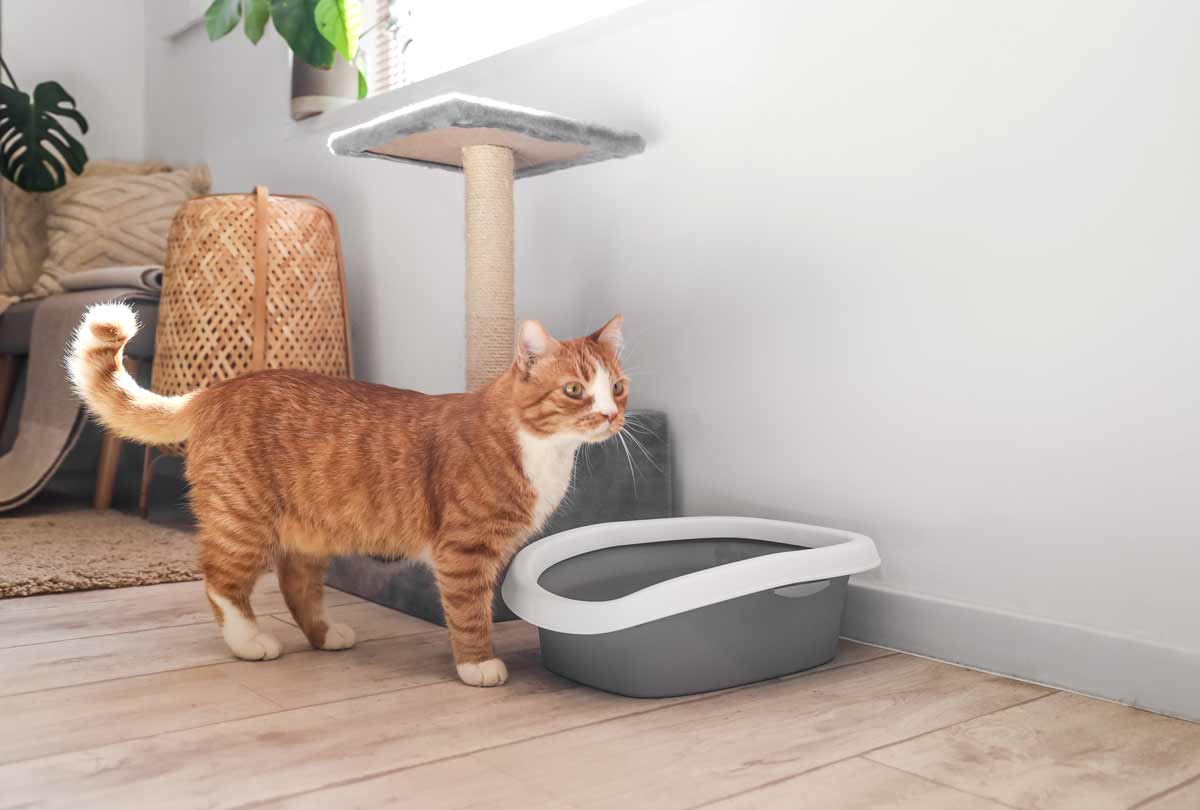
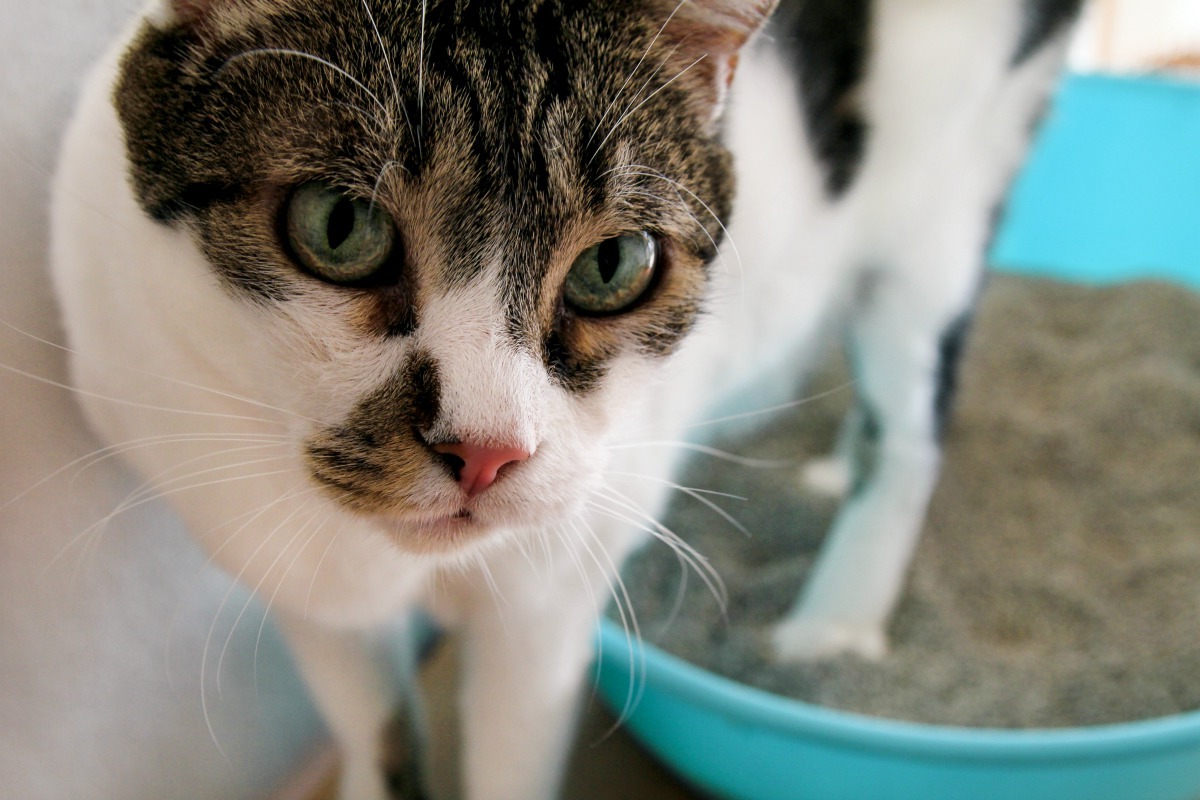
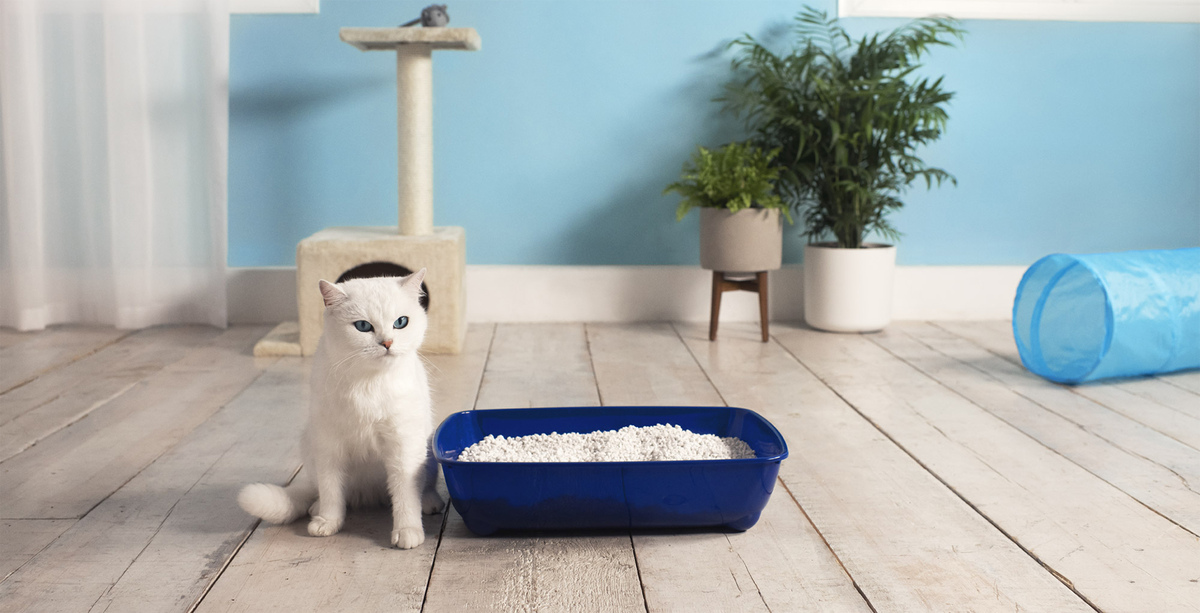
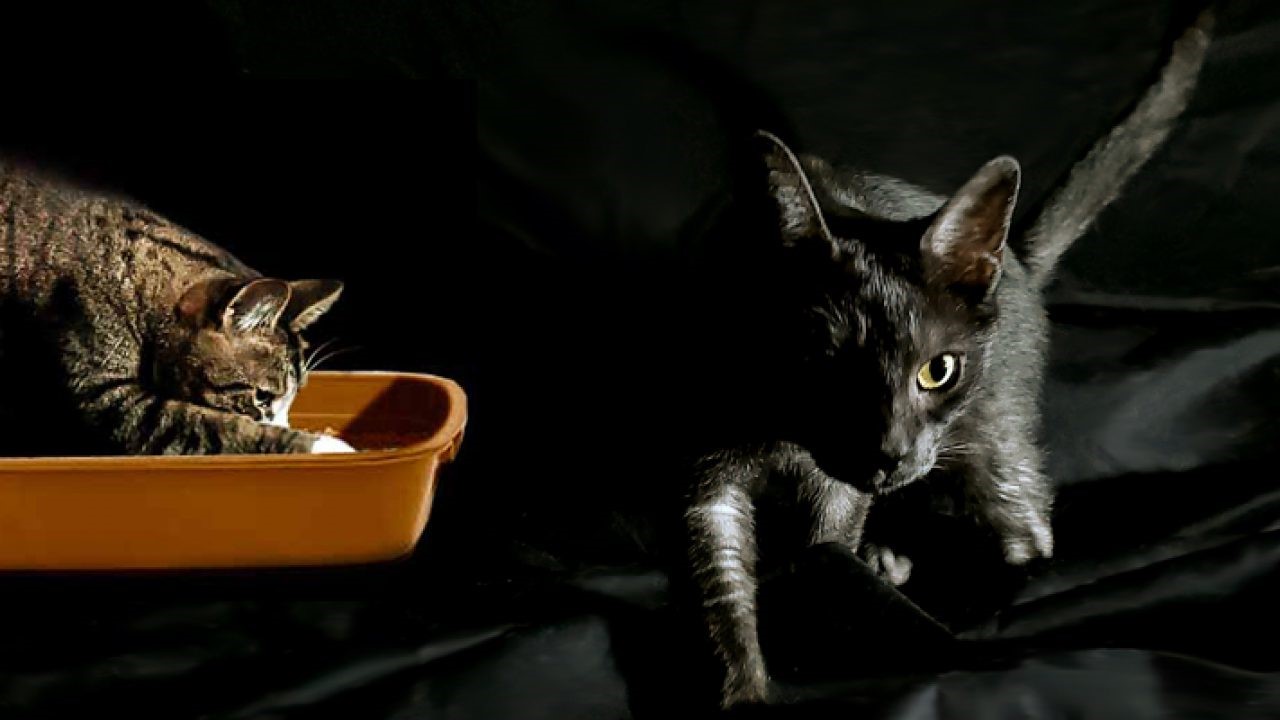
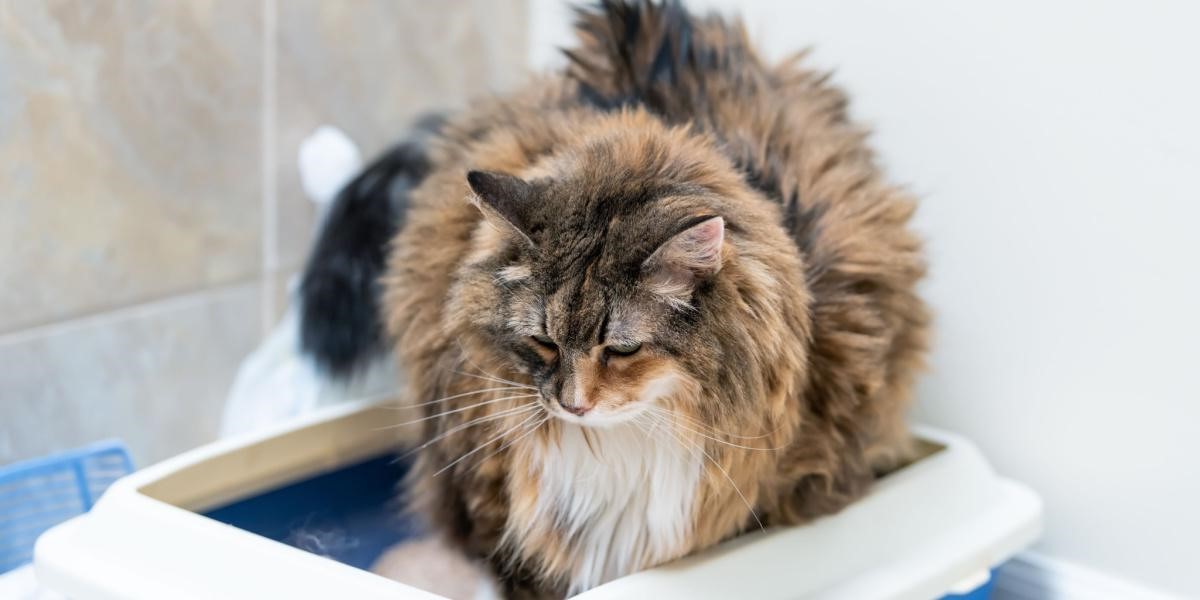
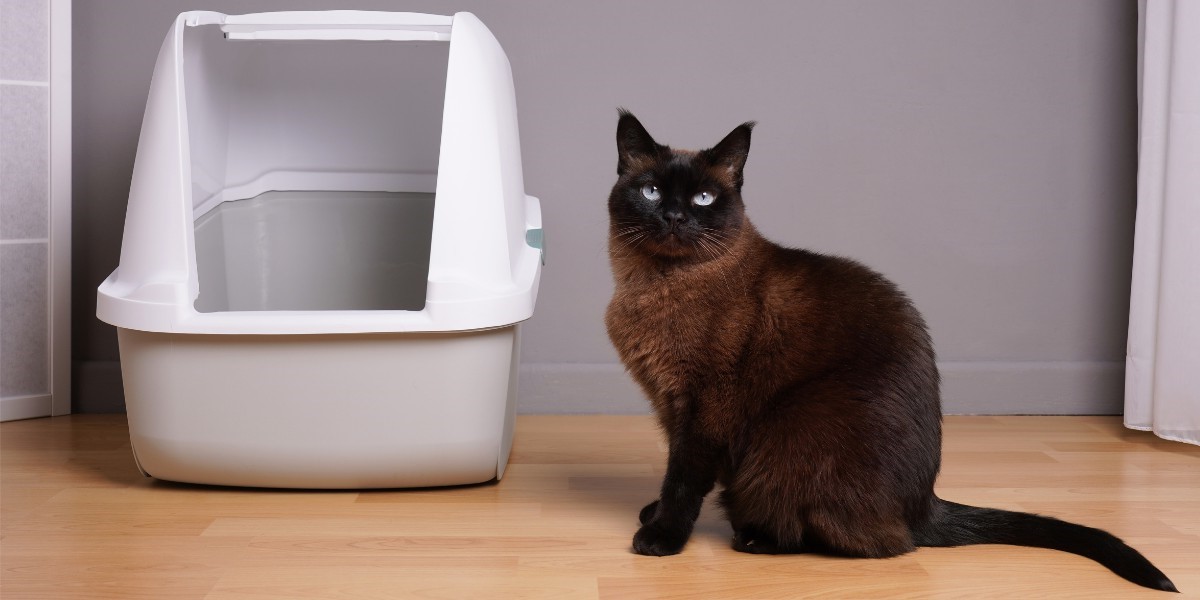
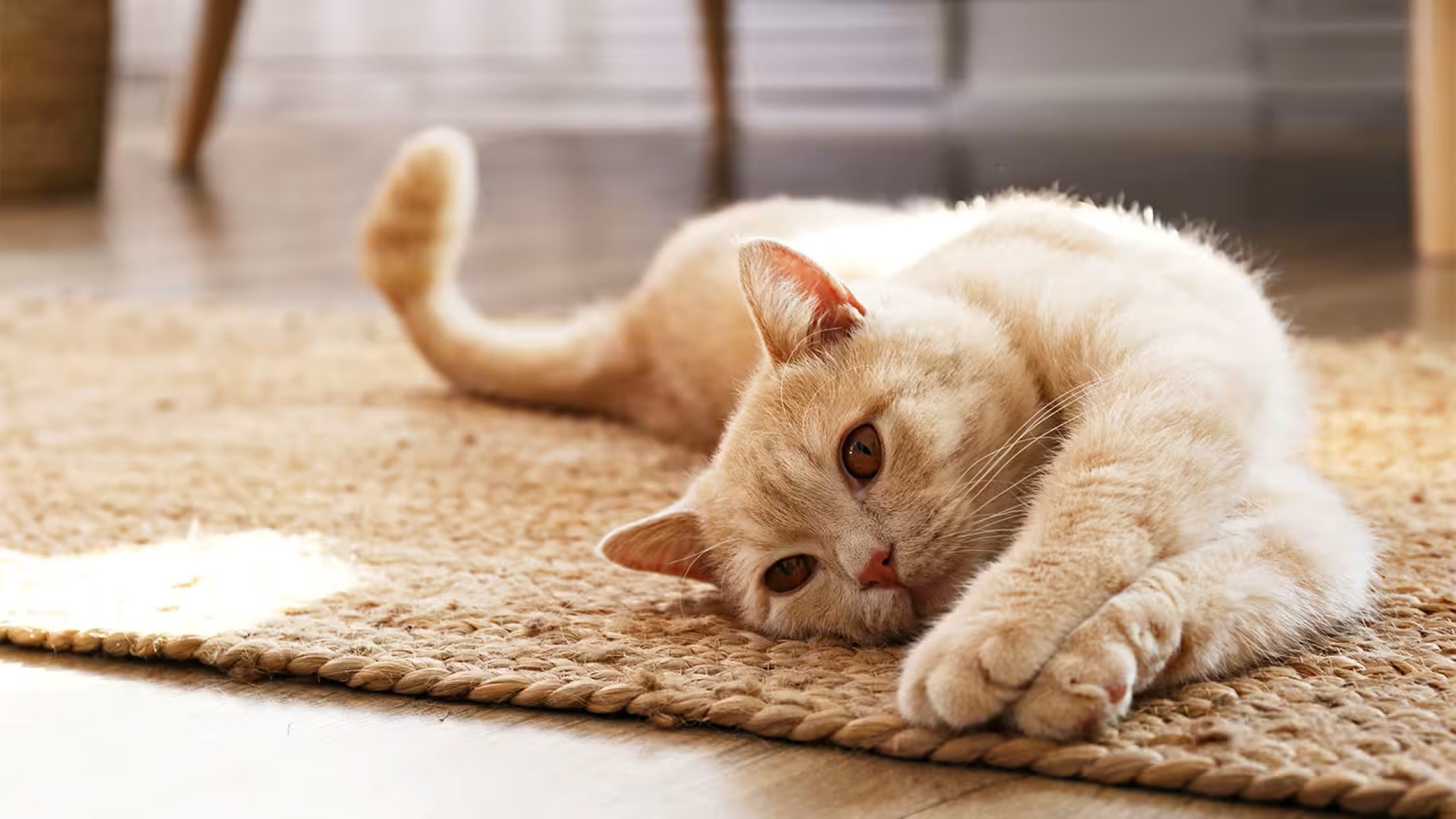
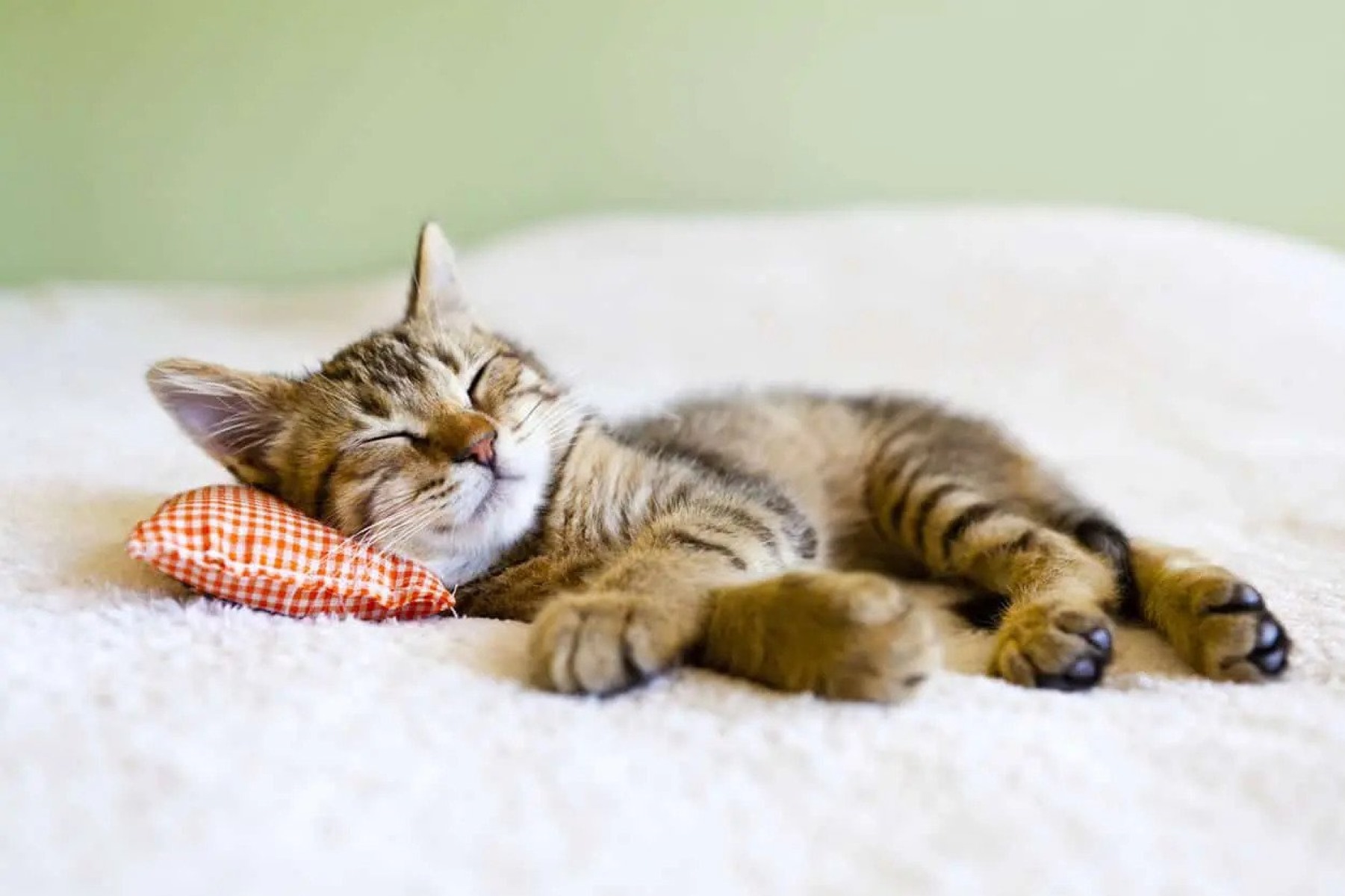
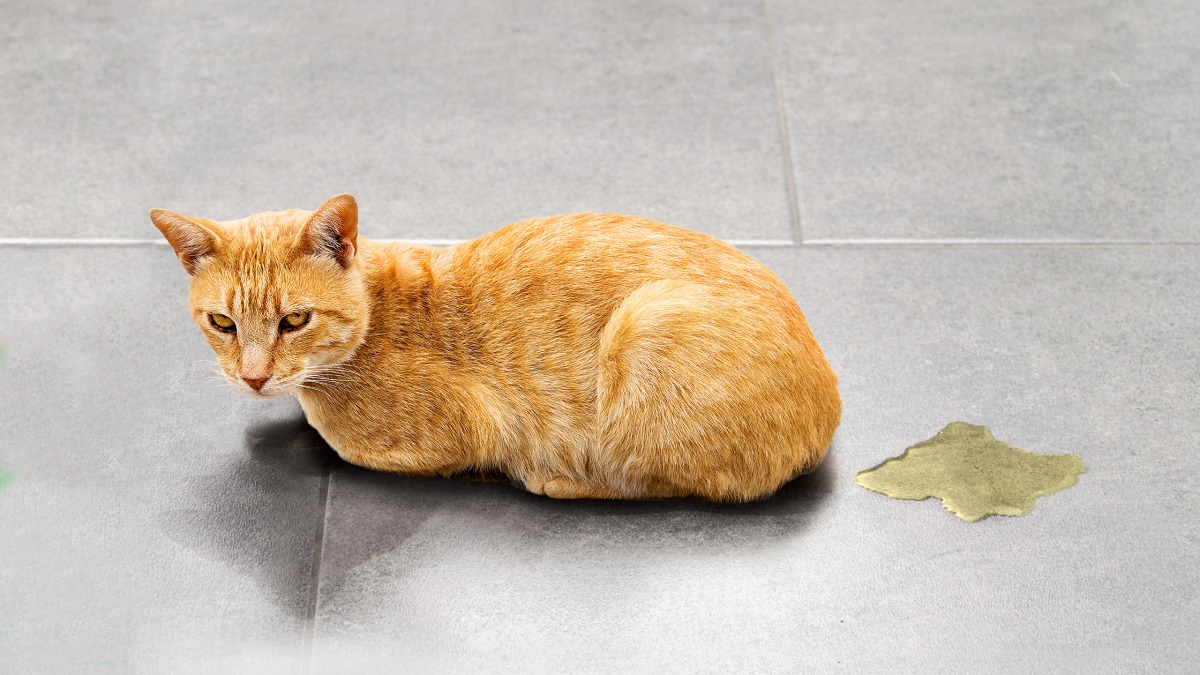
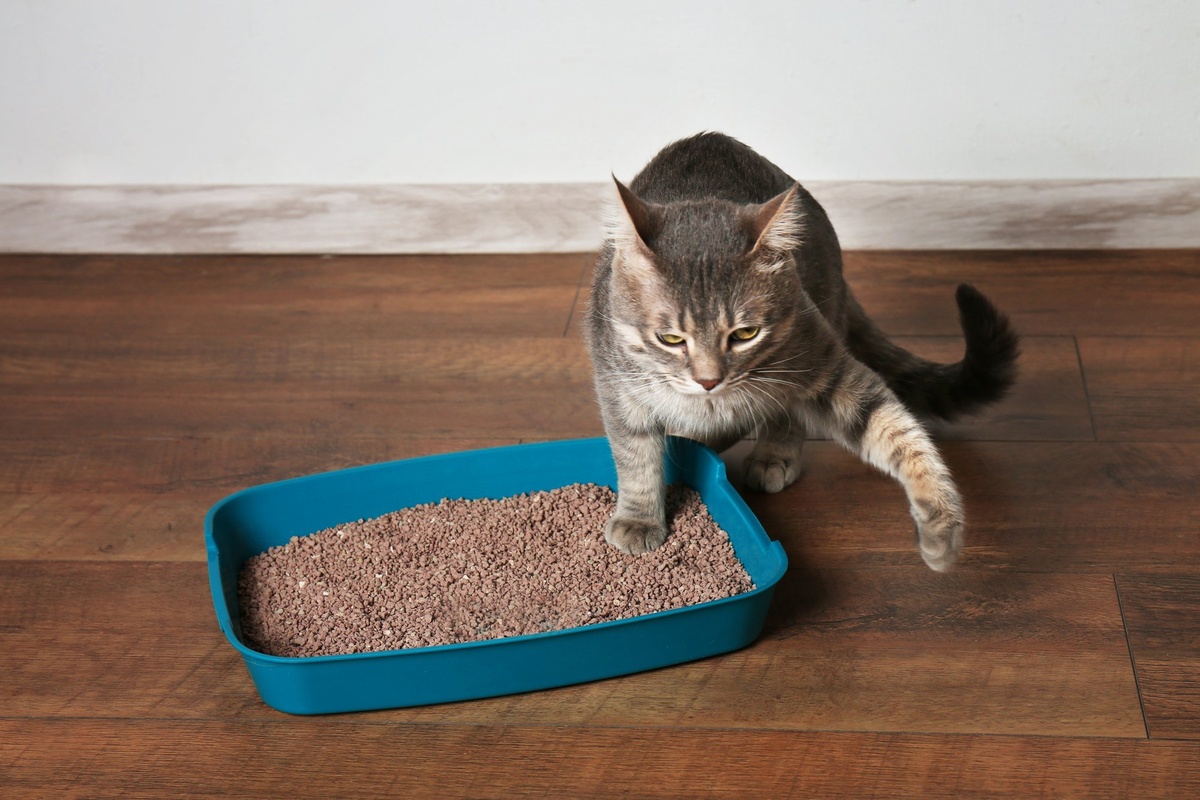
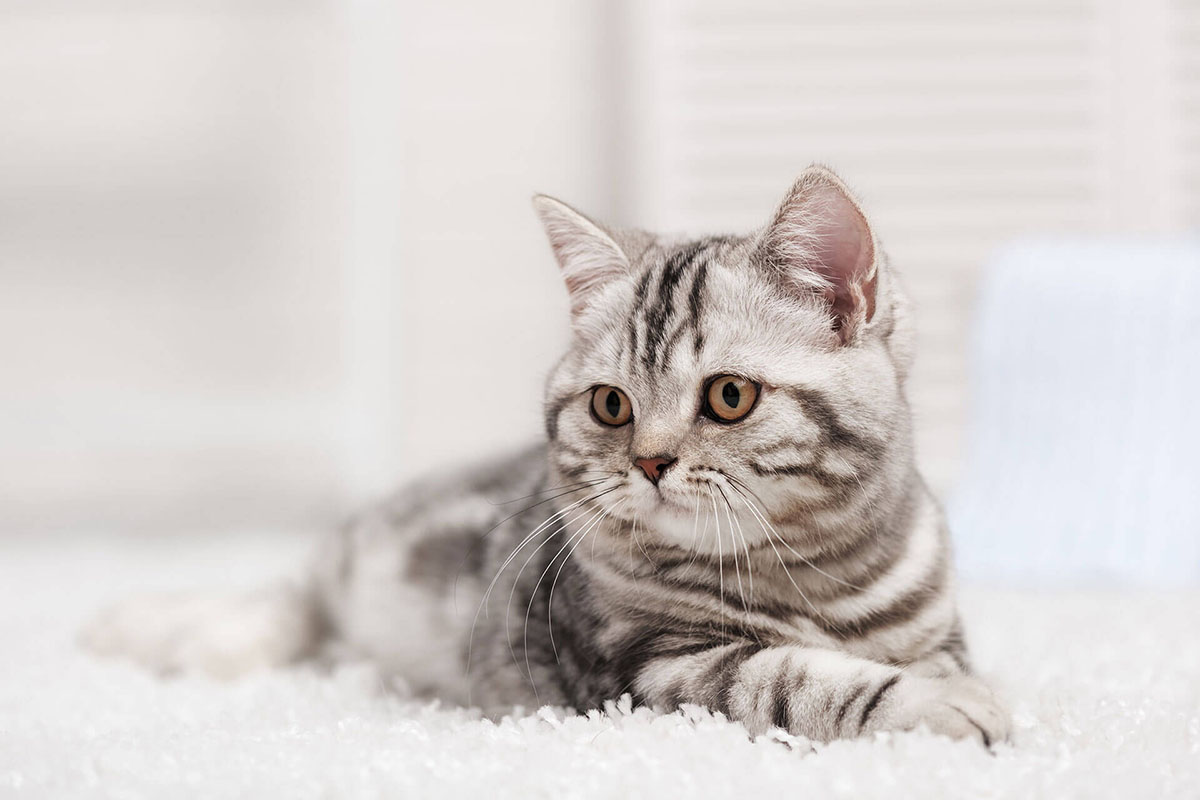
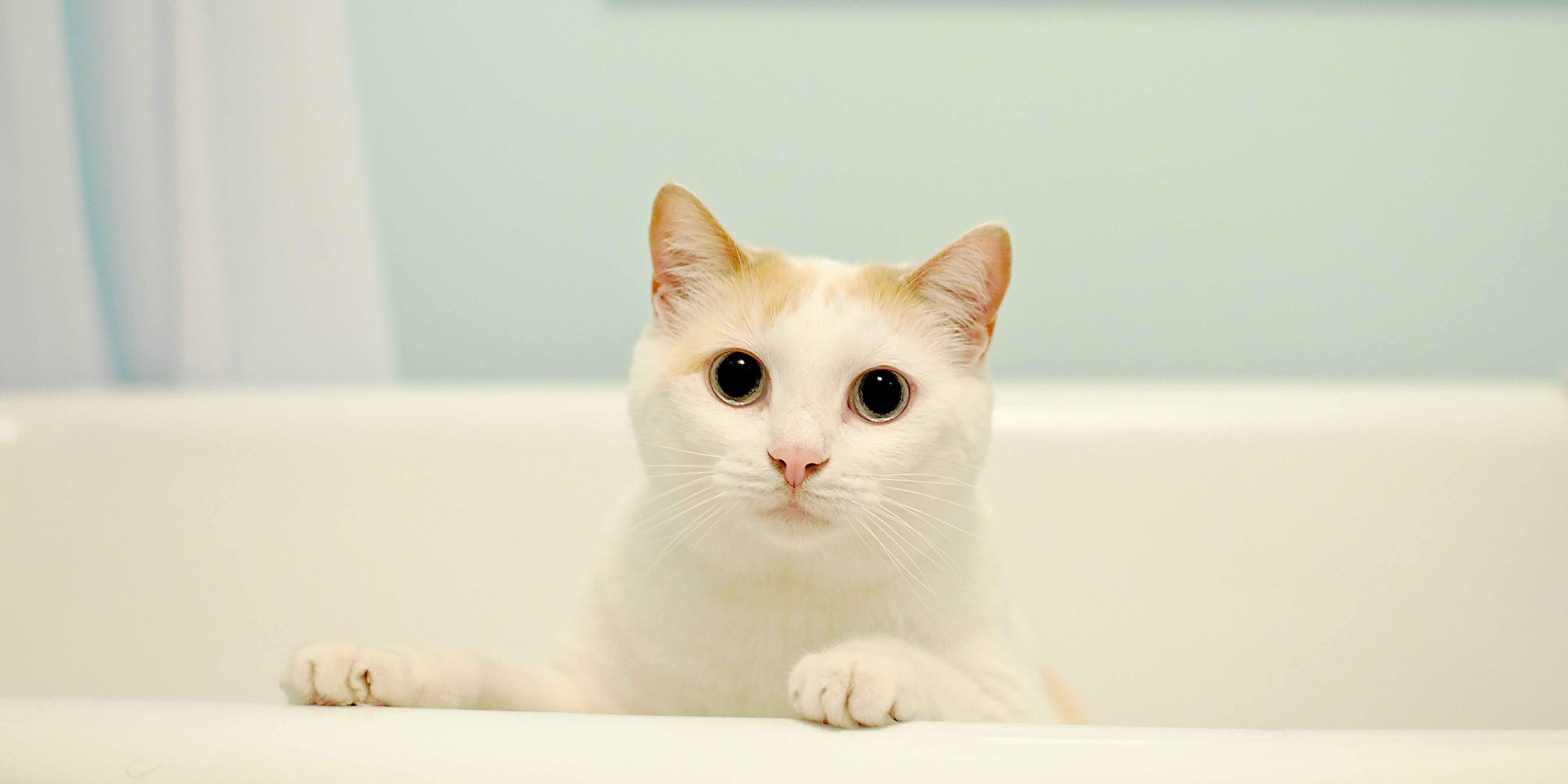
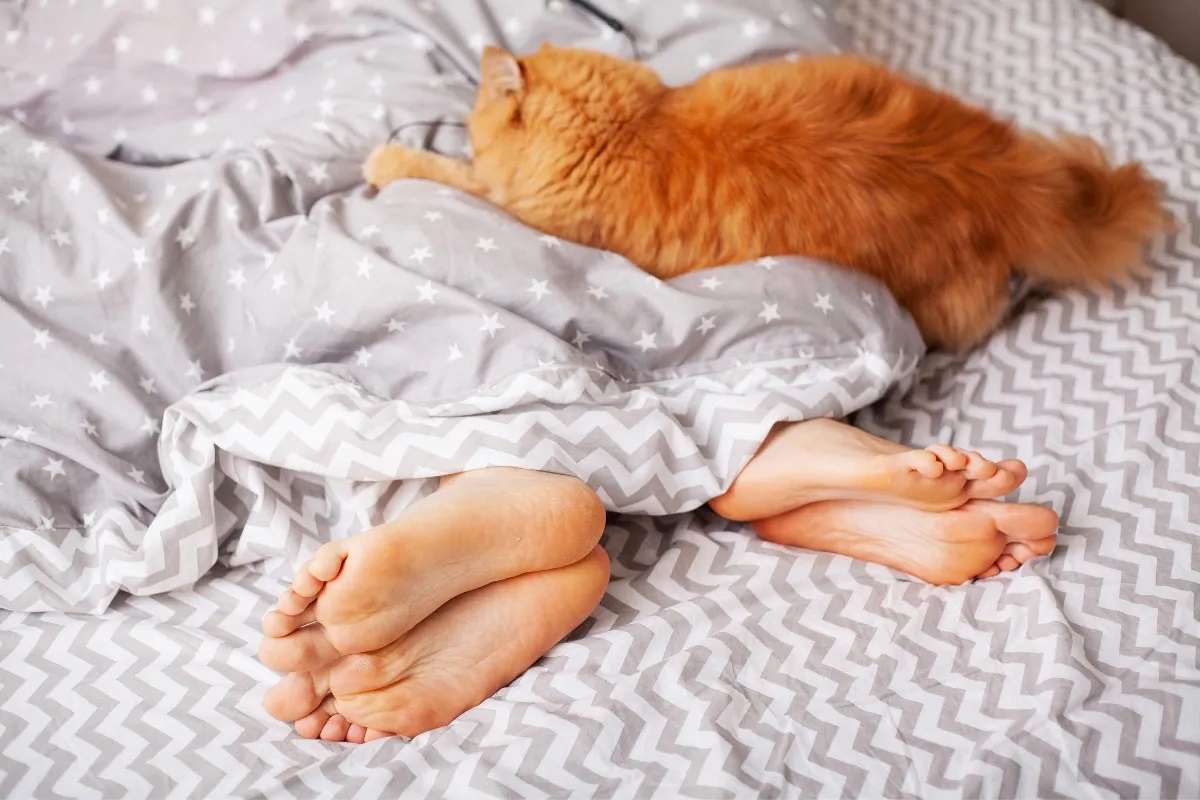

0 thoughts on “Why Does My Cat Pee On Rugs”